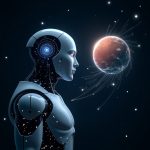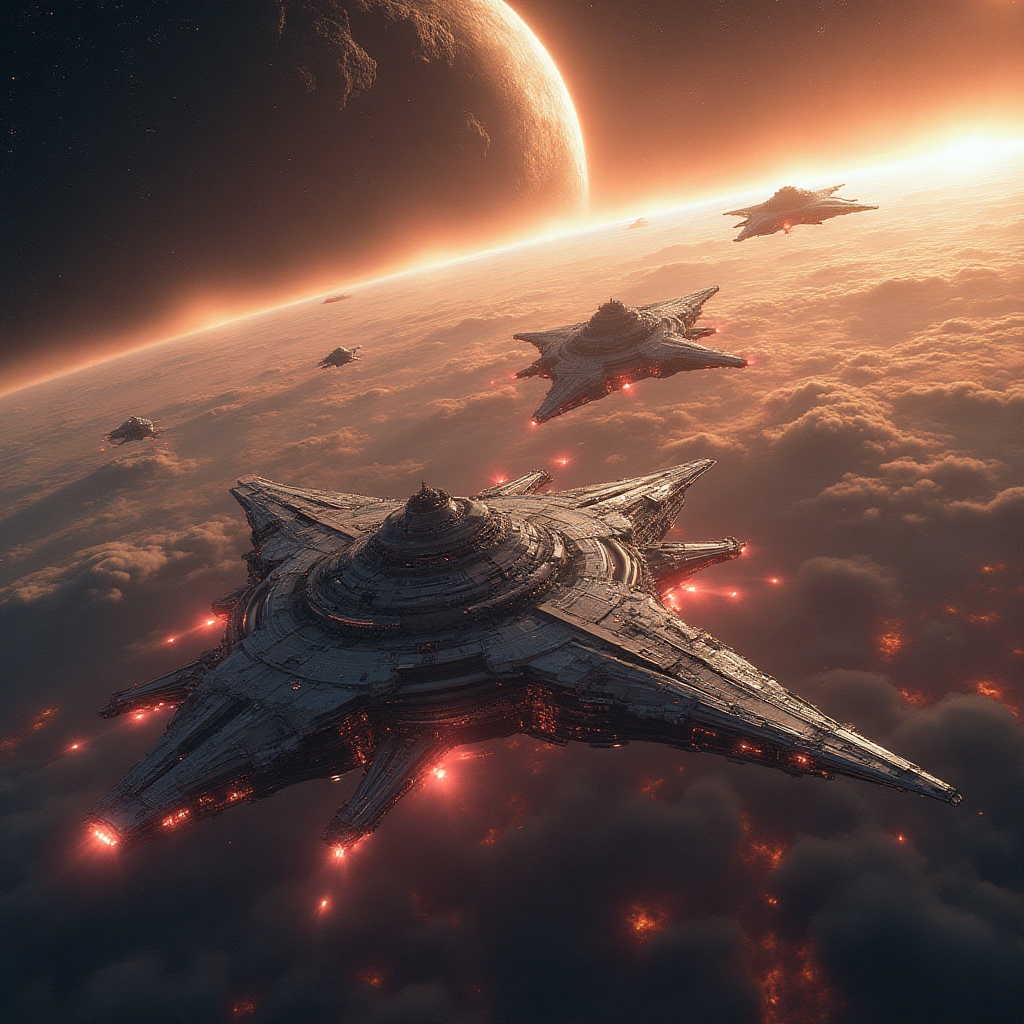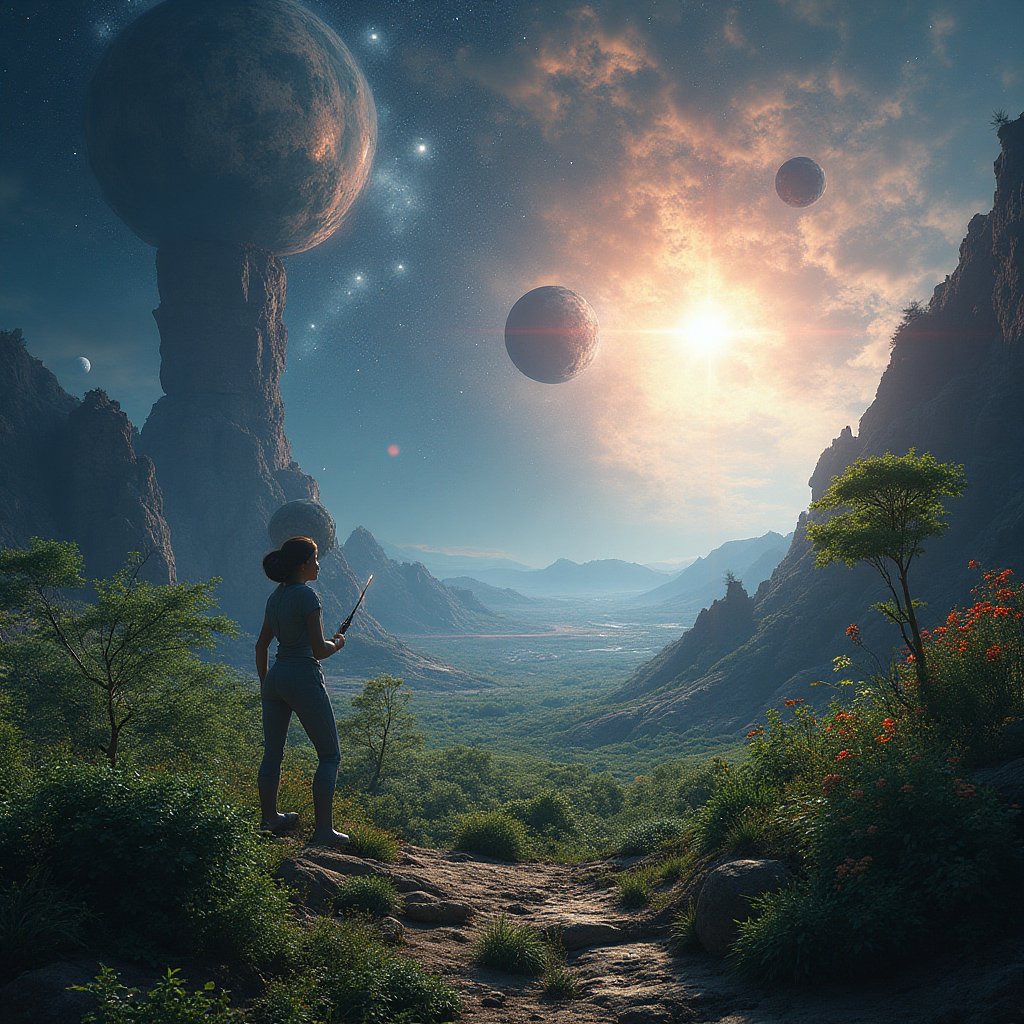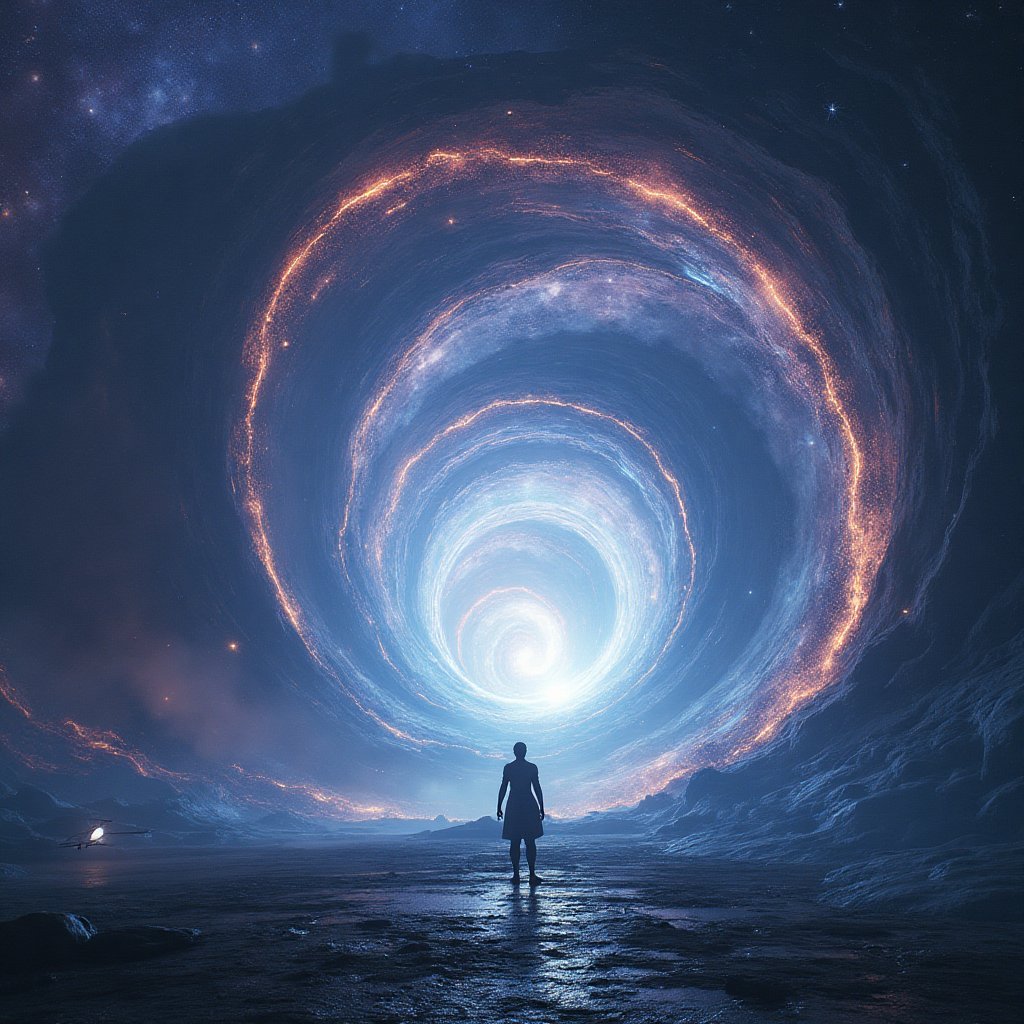The Rise of Humanoid Robots
Musk’s first big prediction? Humanoid robots will be the “biggest product in the entire world” by 2026. He’s not just talking about a niche market; he’s envisioning a $38 billion industry by 2035, according to a Goldman Sachs report. Musk’s own Tesla Bot, Optimus, is at the center of this prediction. He believes Optimus will dwarf every other product ever made—even Tesla’s cars.
But let’s pump the brakes for a second. Right now, humanoid robots are still in their infancy. Sure, companies like Pi Zero and Foundation Robotics are making strides in AI and robotics, but we’re far from having a C-3PO walking around our homes. The big question is: Can Musk deliver on this prediction, or is he oversselling the potential of robots?
Why Robots Could Change Everything
Imagine a world where robots handle mundane tasks like cleaning, cooking, and even picking up your kids from school. Optimus, according to Musk, will be capable of all this and more. He’s even joked about creating “robot catgirls” for the internet crowd. While that might sound absurd, it highlights the limitless possibilities of robotics. But here’s the catch: robots need to be affordable, reliable, and safe. Right now, we’re still grappling with robots that can’t even open a door without extensive training.
One breakthrough worth noting is Foundation Robotics’ transformer-based AI models. These models, inspired by large language models (LLMs), predict actions instead of words. By tying these models to physics, Foundation Robotics is making robots smarter and more adaptable. But even with these advancements, it’s hard to see humanoid robots becoming household staples by 2026. Or is it?
Artificial General Intelligence (AGI): The Next Frontier
Musk’s second prediction is even more ambitious: AGI will arrive by 2026. AGI, or artificial general intelligence, refers to AI that can perform any cognitive task better than a human. Musk believes we’re “less than 24 months away” from this reality. That’s a bold claim, especially when you consider that most AI experts think AGI is decades away.
But Musk isn’t only one making these predictions. OpenAI CEO Sam Altman has also hinted at the rapid development of superintelligence. With advancements in AI agents and models like GPT-4, the groundwork for AGI is being laid. The real challenge will be ensuring that AGI remains aligned with human values. As Musk jokes, “Please be nice to us, AGI.”
What AGI Means for You
If Musk’s prediction comes true, your Tesla car could soon be running errands for you. Need groceries? Just ask your car to pick them up. Want to send a friend home? Your Tesla will handle it. This level of autonomy is both thrilling and terrifying. On one hand, it could free up our time and boost productivity. On the other hand, it raises ethical questions about job displacement and AI safety.
Musk’s vision extends beyond convenience; he’s talking about an “age of abundance.” With AGI and humanoid robots, Musk believes we could usher in a world where resources are plentiful, and everyone enjoys a “universal high income.” In this utopian future, robots would produce food, houses, and gadgets at an unprecedented scale. But is this realistic, or is Musk indulging in wishful thinking?
The Cybertruck’s Autonomous Cousin: The Cyber Cab
Another exciting prediction from Musk is the launch of the Cyber Cab by 2026. This autonomous taxi service is poised to revolutionize transportation. Imagine a world where you never have to drive again. Just hop into a Cyber Cab, and it’ll take you to your destination safely and efficiently. Musk has a history of pushing boundaries with Tesla’s Cybertruck, and the Cyber Cab is no exception.
But here’s the million-dollar question: Will people trust autonomous vehicles enough to make the Cyber Cab a success? While the technology is advancing rapidly, public skepticism remains high. Plus, there’s the issue of cost. Will the Cyber Cab be affordable for the average consumer, or will it remain a luxury for the elite? Only time will tell.
Is Elon Musk’s Vision Realistic?
Let’s be honest—Musk’s predictions are often overly optimistic. Remember when he said we’d have humans on Mars by 2024? Yeah, that didn’t happen. While his vision for 2026 is inspiring, it’s important to approach it with a healthy dose of skepticism. The road to AGI, humanoid robots, and autonomous taxis is fraught with challenges, from technical hurdles to ethical dilemmas.
But here’s the thing: Even if Musk’s predictions don’t come true on schedule, they still force us to think about the future. What will our world look like in 2026? Will robots become our assistants, or will they replace us? Will AGI bring abundance or chaos? These are questions worth pondering.
Join the Conversation
What do you think about Elon Musk’s predictions for 2026? Are you excited about the possibilities, or do you think it’s all too good to be true? Share your thoughts in the comments below! And if you’re passionate about technology and innovation, why not join the Shining City on the Web community? Subscribe to our newsletter, participate in the debate, and become a permanent resident of iNthacity. The future is coming—let’s shape it together.
For those interested in exploring more about the future of AI and robotics, check out these resources on Amazon.ca. Let’s stay informed and ready for what’s next.
Wait! There's more...check out our gripping short story that continues the journey: The Last Sentinel of Elysium
Disclaimer: This article may contain affiliate links. If you click on these links and make a purchase, we may receive a commission at no additional cost to you. Our recommendations and reviews are always independent and objective, aiming to provide you with the best information and resources.
Get Exclusive Stories, Photos, Art & Offers - Subscribe Today!


























Post Comment
You must be logged in to post a comment.